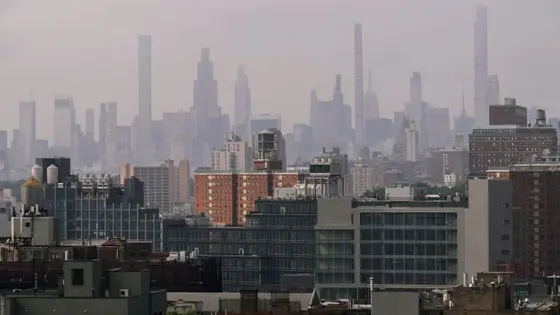T4K3.news
Harlem Legionnaires cluster update
Harlem health officials report 99 cases and four deaths linked to cooling towers; remediation continues with most towers fixed and a final one by Friday.
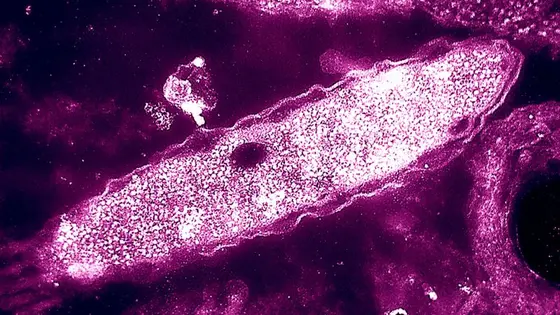
Public health officials report the Harlem cluster has grown to 99 cases with four deaths as towers continue remediation.
Legionnaires disease outbreak in Harlem reaches 99 cases and four deaths
Health officials say the Harlem Legionnaires disease cluster is linked to cooling towers that use water to cool large buildings and disperse mist. On Thursday the New York City Department of Health confirmed positive tests in 12 cooling towers serving 10 buildings, including NYC Health and Hospitals Harlem. Eleven towers have already been repaired and the final tower is expected to be remediated by Friday. Officials emphasize that plumbing systems are separate from cooling tower systems in the affected buildings.
The outbreak was first announced on July 25. Acting Health Commissioner Dr. Michelle Morse said inspectors are working with building owners to ensure testing and remediation. The good news is that new cases have begun to decline, which indicates that the sources of the bacteria have been contained. Health officials add that residents in the identified ZIP codes can still drink water, bathe, cook, and use air conditioning. Legionnaires disease causes flu like symptoms and is treatable with antibiotics, but if left untreated it can lead to serious outcomes.
Key Takeaways
"The good news is that new cases have begun to decline, which indicates that the sources of the bacteria have been contained."
Statement by Acting Health Commissioner Dr. Michelle Morse
"Residents in these ZIP codes can continue to drink water, bathe, shower, cook, and use their air conditioner."
Official guidance to residents
"Inspectors are working with building owners to ensure compliance with testing and remediation."
Health department update
"This community outbreak is not related to a building’s hot or cold water supply."
Officials clarifying source of outbreak
This episode highlights how urban infrastructure can quietly shape public health risk. Cooling towers are a common feature in dense neighborhoods, yet they require steady maintenance and monitoring. The city is moving to tighten testing and remediation, but questions remain about who bears the cost of upkeep and how often towers should be inspected. The focus on towers shifts attention away from individual buildings toward shared systemic oversight.
Clear public messaging matters. Officials stress that residents can continue normal activities, which helps prevent panic and confusion. As the city pursues containment, the case also tests political will and budget priorities around building safety, infection control, and ongoing infrastructure upkeep.
Highlights
- Containment is a quiet win in a loud city
- Maintenance is not optional when cities rely on cooling towers
- Facts beat fear when tests come back clear
- Public health runs on timely repairs and clear messages
Public health risk from cooling tower oversight
The Harlem Legionnaires outbreak tests the city’s ability to monitor and remediate cooling towers. Questions remain about inspection frequency, funding for upkeep, and who bears the cost of ongoing monitoring. If not addressed, public confidence and future investments could be affected.
Ongoing vigilance will be essential as remediation continues
Enjoyed this? Let your friends know!
Related News
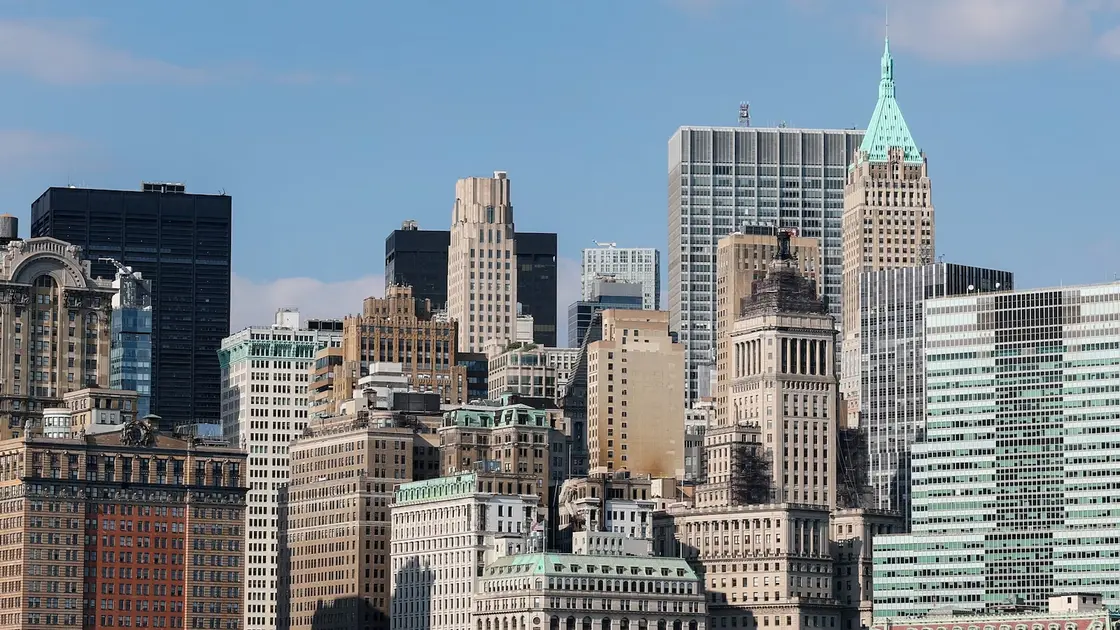
Three fatalities confirmed in Harlem Legionnaires' disease outbreak

Harlem Legionnaires disease cluster identified

Legionnaires' disease outbreak in Harlem claims three lives

Harlem Legionnaires outbreak alert
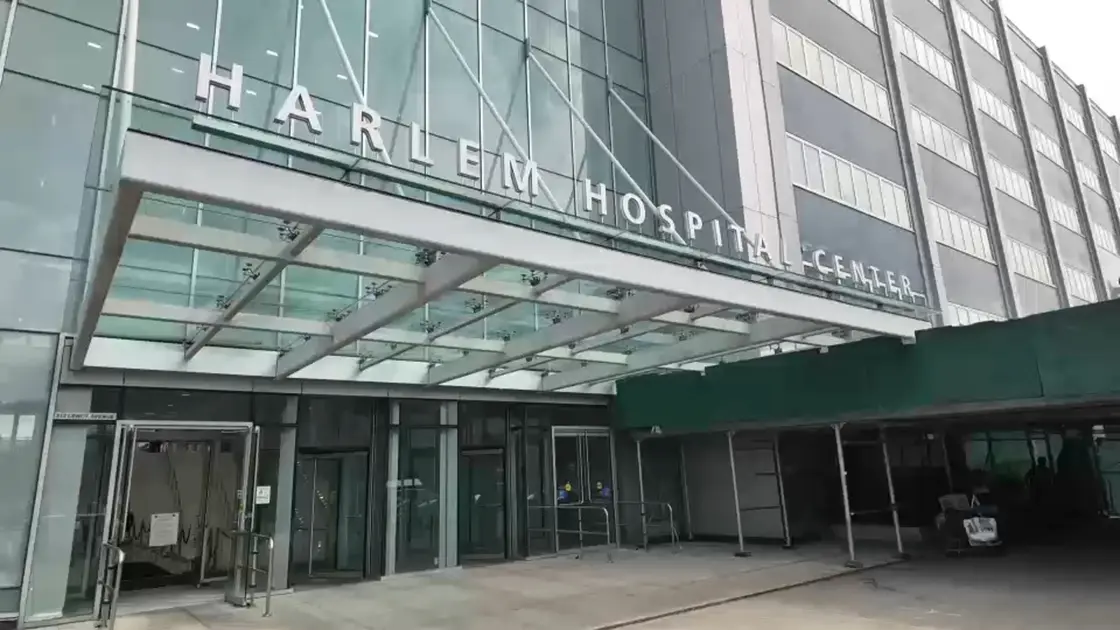
Harlem Legionnaires Update

Legionnaires’ disease outbreak in Harlem causes fatalities

Harlem Legionnaires outbreak update
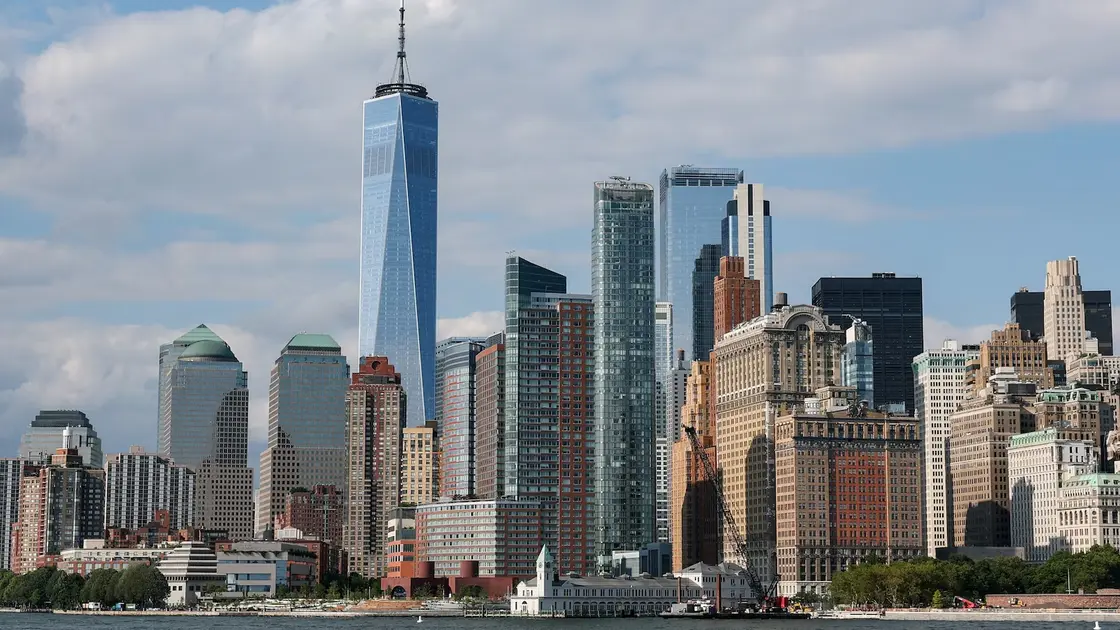
Legionnaires' disease cluster impacts NYC residents
